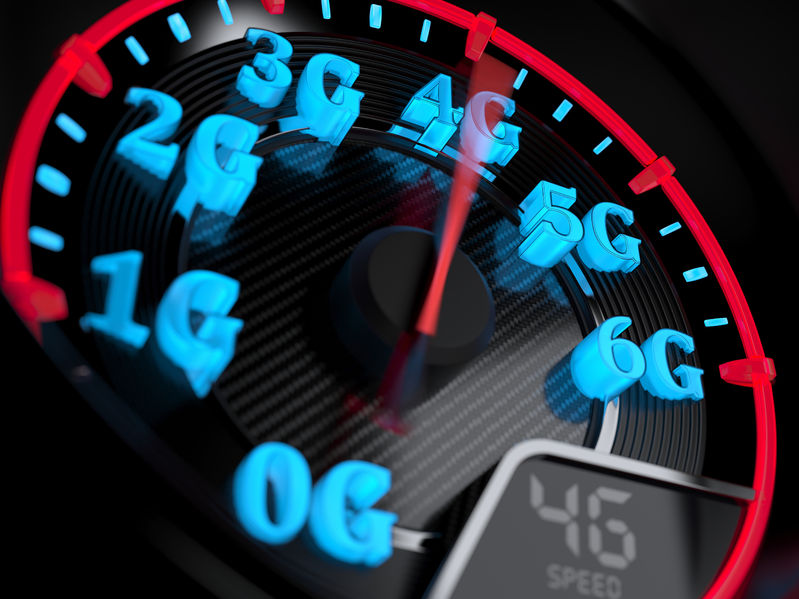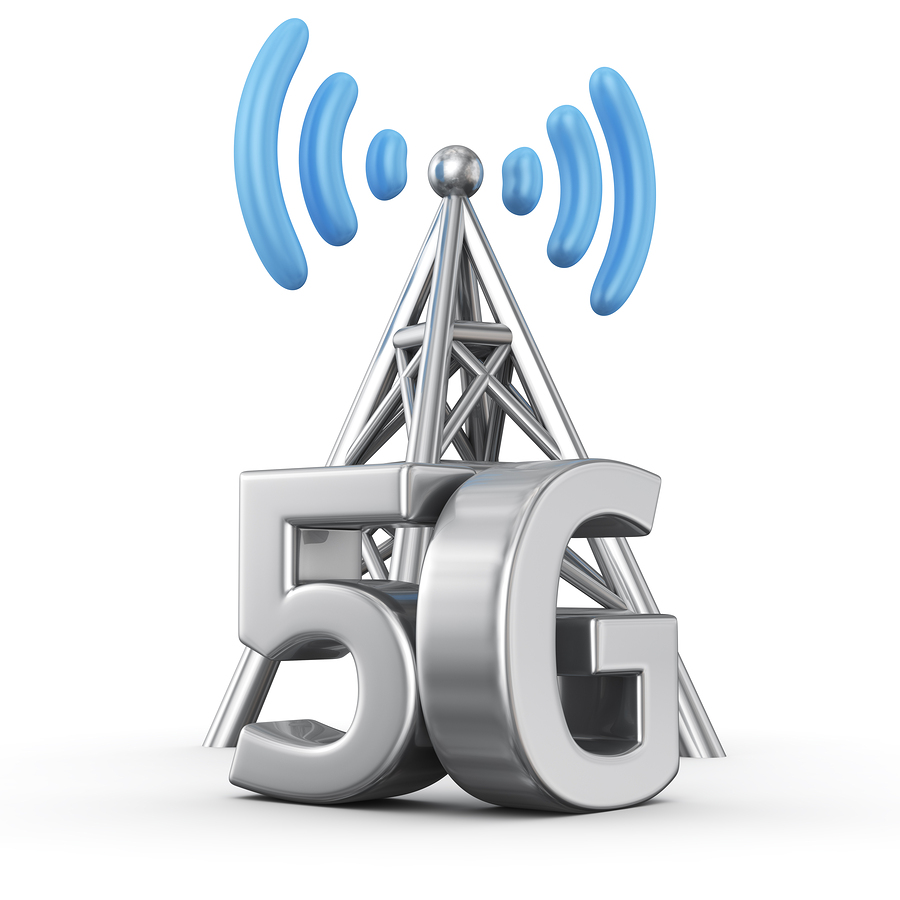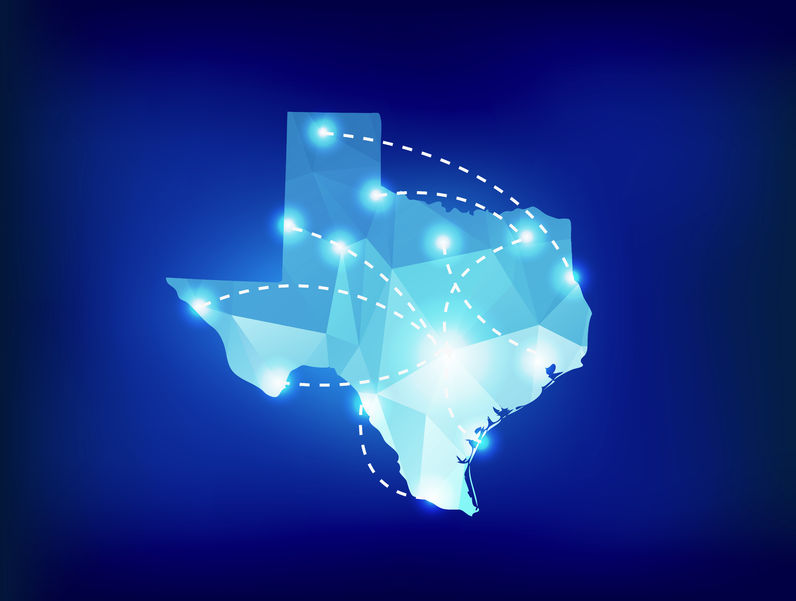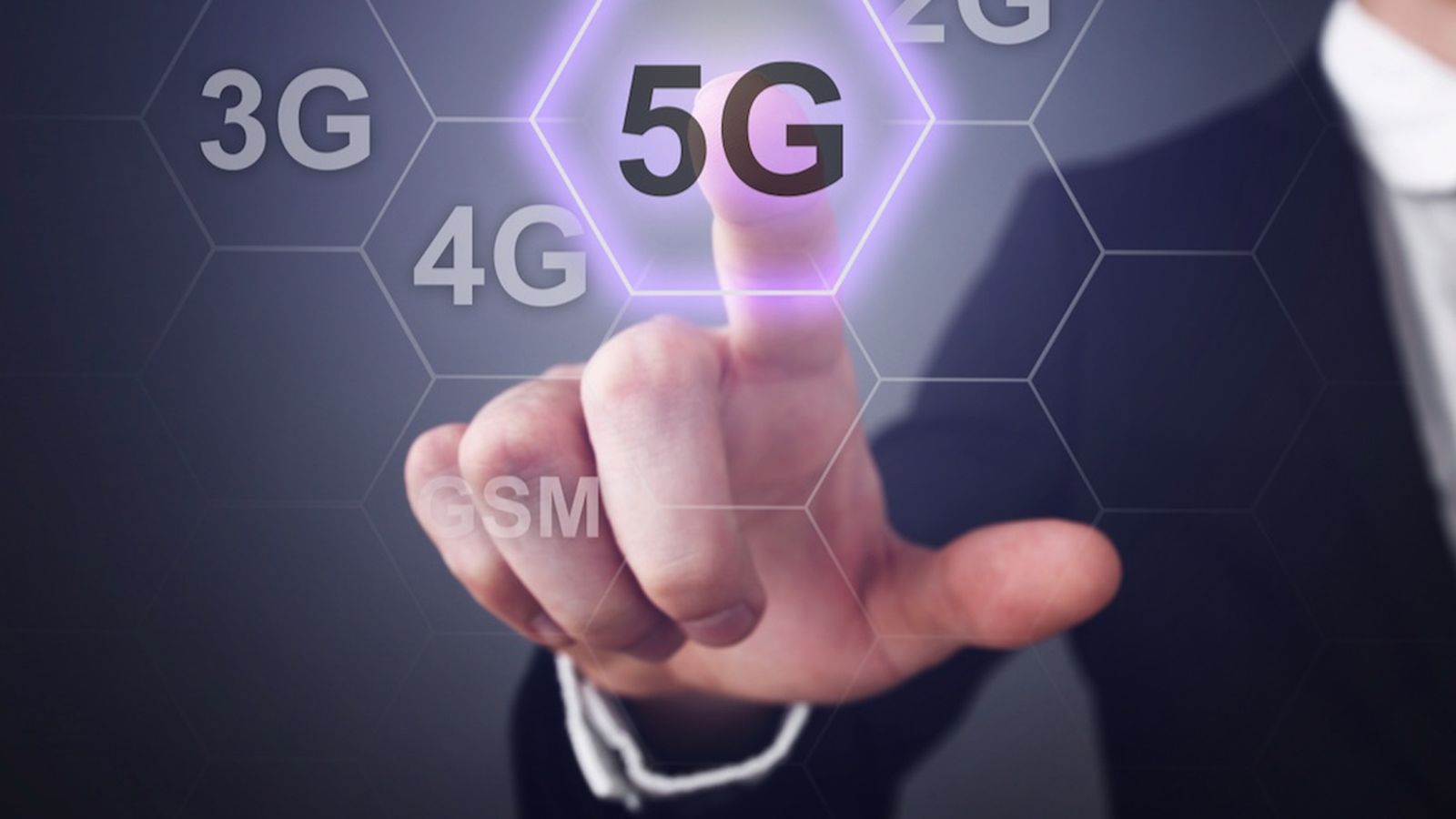AT&T Now Has “5G” Wireless Service, But It’s Not Really 5G
AT&T has unveiled what it says is the next natural step in the progression of wireless networks: 5G. (4G stands for 4th generation, 5G represents 5th generation.) It’s available in some parts of Austin with rollouts coming in Indianapolis this summer and 18 other cities (including LA, Chicago, San Francisco and Boston) by the end of the year.Don’t think that we’re truly entering a new generation of wireless connectivity, though. The company’s “ indeed makes faster speeds possible. But it will only work with Galaxy S8 and S8 Edge phones – and it’s really only 4G LTE in an improved package.
4G vs. 5G
Standards for each generation of wireless tech are set by the ITU (International Telecommunications Union, a UN agency) in consultation with industry technical groups like 3GPP (3rd Generation Partnership Project). 4G standards were set in the last decade, and they required peak download speeds of 100 Mbps.
Even the best 4G networks don’t come close to that speed. Tests completed recently by Tom’s Guide show Verizon with the best peak download capability, at just 36 Mbps, with AT&T second at 25.6 Mbps. Then how can wireless companies advertise that they provide 4G service? Image credits http://www.laroccasolutions.com/5g-next-generation-mobile/
Image credits http://www.laroccasolutions.com/5g-next-generation-mobile/
 Image credits http://www.laroccasolutions.com/5g-next-generation-mobile/
Image credits http://www.laroccasolutions.com/5g-next-generation-mobile/The answer is in the three letters that usually follow “4G”: LTE, which stands for “Long Term Evolution.” In other words, it’s the technology which should make true 4G speed possible at some point. The ITU gave its go-ahead for wireless providers to advertise LTE services as 4G even though they didn’t meet standards, because 4G LTE speeds were vastly superior to 3G.
That brings us to 5G. No official standards for 5G have been set; in fact, the ITU has only issued a draft of proposed specifications for speed and lag which won’t be voted on until the fall. No one even knows what the technology to deliver 5G service will look like, although it will probably involve completely different frequency bands and antennas than LTE uses. It’s clearly impossible for any company to provide true 5G service; the specifics of 5G haven’t even been defined.
What AT&T Is Really Doing
AT&T officially calls its new network “5G Evolution” and not 5G, but that’s just marketing-speak. The company is simply using existing technology on its LTE network to provide better 4G speeds for its new service. 5G Evolution really is much faster, theoretically peaking at 400 Mbps and in reality doubling existing AT&T 4G download speeds – if you happen to have the right phone (currently the newest Galaxy models, Pixel and iPhone 8 expected later this year) and happen to live in one of the markets where the upgrades are being done.
 Image credits https://www.theverge.com/2017/2/24/14701430/5g-network-explained-mobile-data-cellular-millimeter-wave
Image credits https://www.theverge.com/2017/2/24/14701430/5g-network-explained-mobile-data-cellular-millimeter-wave5G Evolution, or as many critics are calling it, “Faux 5G,” isn’t really new. AT&T is using technology that T-Mobile began implementing on its own service without fanfare last year. Industry observers believe the reason for this spring’s ballyhooed rollout by AT&T was to steal the spotlight from Verizon, which plans to test similar upgrades beginning this summer.

No matter what it’s called, if you have the right phone in the right city you should be seeing faster speeds on AT&T’s 4G LTE service. But if you’re drooling at the promise of 1 Mbps downloads via 5G, you’ll have to wait at least until 2020. That’s the most optimistic prediction for the actual arrival of 5G cellular technology.
0
Featured products






